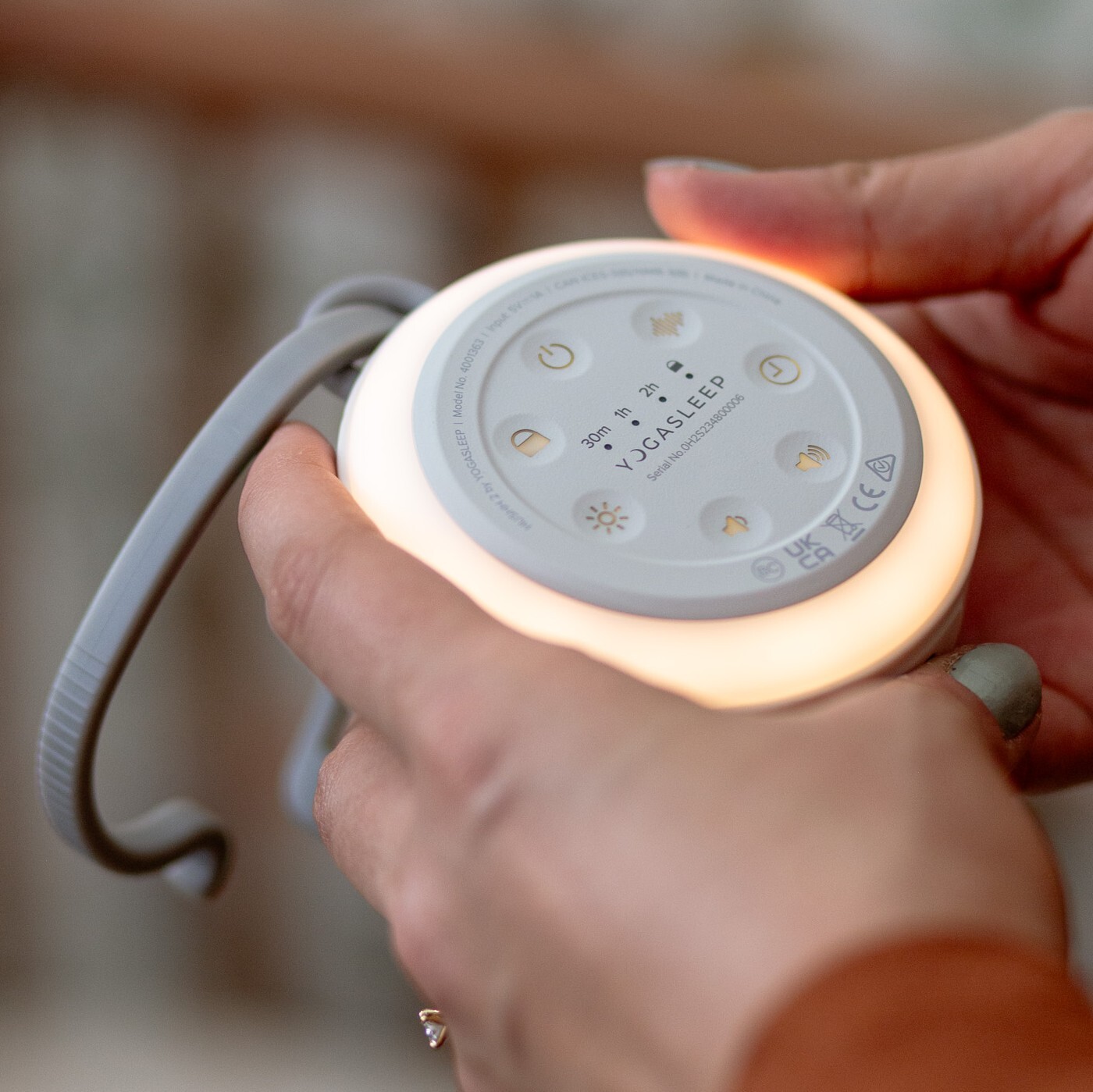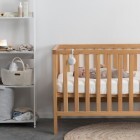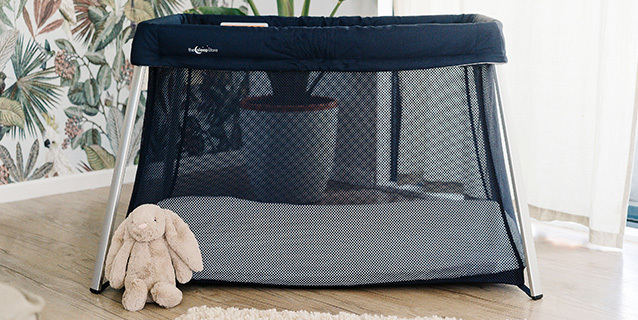House dust mites are tiny creatures - no more than 1/3 of a millimetre in length when fully grown. They do most of us no harm at all and the majority of people live quite happily with them, unaware of their presence.
Some people, because of their genetic make up, become sensitised to the allergenic proteins which dust mites produce and as a consequence they develop allergic conditions such as asthma, rhinitis or eczema.
It is estimated that there are close to 500,000 people in New Zealand who are sensitive to house dust mites and around 100 million people world-wide. ...... If you or one of your children are one of them. you are certainly not alone.
Why are they a particular problem in New Zealand?
To survive, dust mites need humidity of more than 50% year round and temperatures which don't fall below freezing. The ideal conditions for their growth are 25°C and 75% relative humidity - making most of New Zealand and Auckland in particular a perfect environment for dust mites to flourish. The only regions of New Zealand likely to be dust mite-free are high altitude areas such the mountain ranges of the North and South Islands. This is not so much due to the freezing Winters - we rarely allow indoor temperatures to fall below freezing, but due to the lower humidity commonly found at high altitude.
House dust mites love to share our bedrooms with us!
Why? - well, every time we take off our clothes (or pyjamas) we shower them with the food they most enjoy - our skin! Coupled with this, the warmth and humidity that our bodies provide 6 or 8 hours every night creates the ideal environment for house dust mites to thrive.
Most of us shed over 1 gram of dead skin every day!
We are all continuously shedding tiny flakes of dead skin from our bodies and each time we undress, large amounts fall to the ground. A brand new dust mite-free carpet can become colonised in just a few weeks with dust mites eating their way through your discarded flakes of skin!
Our dead skin continues to fall from us during the night as we lie in bed and the largest component of dust collected from mattresses and pillows is usually dead skin.
The second largest component of mattress and pillow dust is the house dust mite population living on the dead skin along with their faecal droppings and the bodies of their dead ancestors!
The bodies of the mites and in particular their faecal droppings contain the potent allergenic proteins which can trigger allergic disorders - asthma, rhinitis (inflamed, runny nose) and eczema.
Reducing contact with these allergens can dramatically improve allergy symptoms.
Vacuuming removes only a few percent of dust mites.
Vacuuming alone is not an effective means of reducing the dust mite population, regardless of some salespersons' claims. The mites resist being 'sucked' into your vacuum cleaner by clinging to the carpet or upholstery fibres. Regular vacuuming of the mattress and bedroom flooring will reduce the allergen load to some extent but only the first minute or two is effective. Vacuuming for any longer has very little effect on the allergen levels.





















